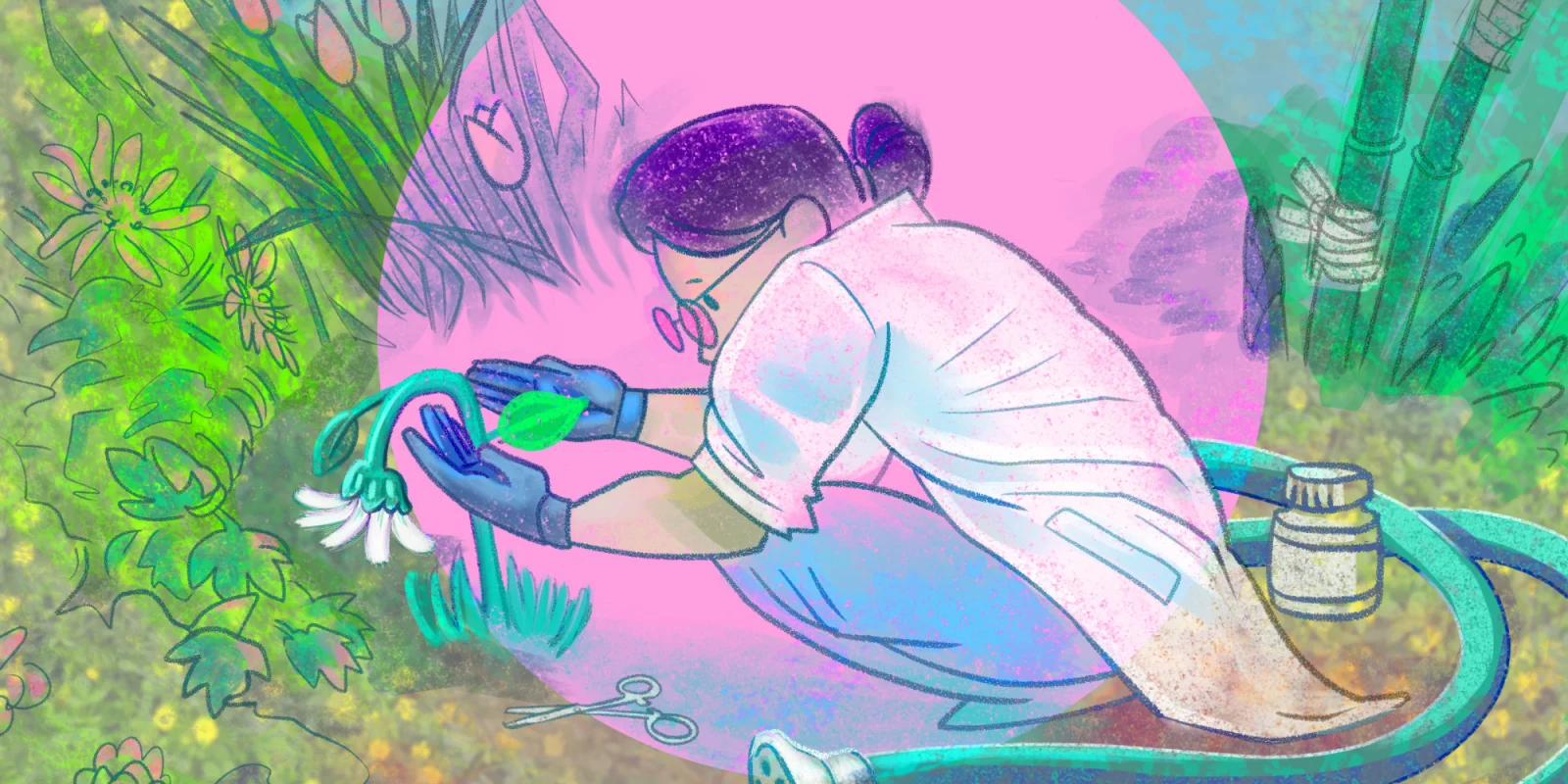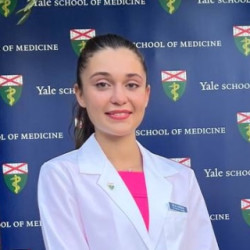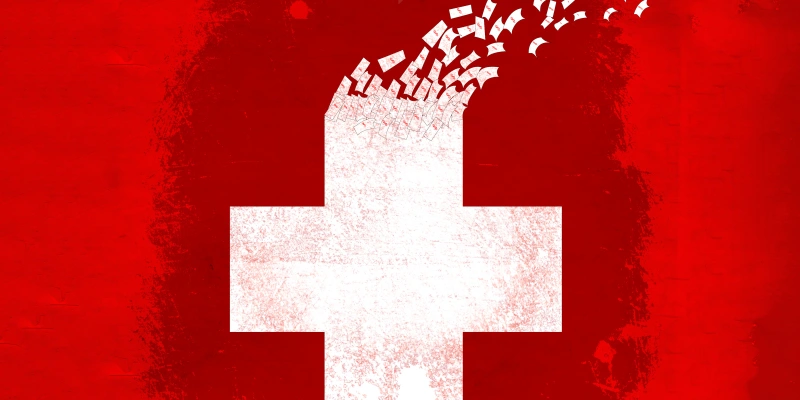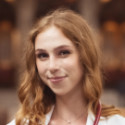
When I first toured medical school on my interview day, an MS1 was allaying the anxieties of a group of us hopeful applicants, all of us wondering if we were up to the challenge. “First year is really not hard,” he said cooly, “they give you condensed lecture notes, and they only test from those. It makes things easy.” Once accepted, I thought of that statement often, it was my mantra to ease the worry of what was to come. So fast forward to when we all began our first unit, and I awaited picking up these so called condensed notes, those which the thought of had settled my anxious heart so many times…and they dropped an infinite jest sized, 900-page epic novel of the densest science on us, one that could break your foot in three places were it to fall on it. “The first exam is in five weeks.” And it just seemed impossible. But bit by bit, fact by fact, we did it, perhaps forgetting names, faces, jettisoning entire periods of our lives to clear real estate in our synaptic structures for yet another labyrinthine and impossibly convoluted diagram: Goodbye names of casual acquaintances, hello renin-angiotensin-aldosterone system; goodbye date of my wife’s birthday, hello neurocircuitry of the Basal Ganglia. But still, we did it — in study sessions, online group chats, in leaned in whispered explanations during lecture, we learned as a team those first two years. I felt I had found the smartest, kindest, most idealistic and compassionate collection of people one could assemble.
Then we split into tracks to tackle the dreaded third year, wherein we used every bit of medical knowledge we’d learned to hide in the corner looking busy, hoping we don’t get asked a question or, worse, to do a procedure. We saw our first real patients, faced death and disease, laughed and cried, and felt endlessly scrutinized. We got to contribute to our patient’s health, and sometimes felt entirely useless. By day we delivered babies, stitched up wounds, put in catheters, and by night we studied for exams. We were encouraged. We were displaced upon. We saw inspiring examples of care, and much less than that.
Ultimately, our idealism and our career dreams slammed into the realities of health care in America.
Third year is often considered our hardest, it’s also when we supposedly lose empathy. I will admit when I hear underclassmen make idealistic statements; that they’ll never give less than 100 percent perfect, attentive care, understanding and compassion, at any point to any patient ever — I think, “Oh man, you have no idea what’s coming.” And there is a tendency to see a naïveté in those further back on this path. But while we may lose our naïveté along this journey, my sincere hope is that we never lose our idealism, that pristine vision we had of doctoring, which first pulled us down this path.
For, as we have been through a lot, we have much more to come. We face long hours negotiating a convoluted health care system, high burnout rates in our careers, large percentages of physicians saying they wouldn’t choose their specialty, or even medicine again, and a mental health crisis amongst our peers. I urge you — as you trade in naïveté for the thicker skin needed to withstand these realities of health care — to cherish that ideal vision and that original dream.
Firstly, beneath the frustration and bureaucracy, there still is that ancient and essential role of healer that we fill, that which engenders enormous trust and vulnerability from those we serve. We are the stewards of tremendous drama. If we could perceive the enormity of a single second in our hospital: A mother pushes as a new life, a new consciousness meets the world. A man’s breathing tube is pulled, his family surrounds his bed holding each other. A surgeon lifts a plaque from a carotid artery, decades added to a life. A clot breaks up in a cerebral artery, ischemic brain perfused, a sense of self returns. A bone sets. Lungs open. A heart settles. In rooms all around the hospital 100 tears track down 100 faces, of our patients, their families, and our own, as life is gained, lost, and resumed. That world of incredible meaning, tragedy, and overwhelming beauty that we imagined exists, and will exist, beneath any amount of overlying brush.
Secondly, when an idealistic dream hits a harsher reality, the dream sometimes dies, people become disillusioned, burned out, thinking “This isn’t what I imagined.” Only if it survives can it be used to steady ourselves through difficult times; a personal north star that’s fixed while everything moves around it; a guiding light than can return us to our true motivations.
Holding tightly to our idealism can make it the anchor we can use to pull the less noble aspects of medicine toward our ideals — to make reality more like the dream. This can manifest in advocacy, full blown political action, or just a willingness to give a little extra to a patient in a spare moment. After all, medicine is not just practiced by physicians, it is made by them. Our entire codified body of knowledge, our guidelines, our step-by-step surgical procedures, were not handed down from on high, inscribed in stone tablets. They began somewhere with a doctor theorizing and experimenting, testing, trying things out, calling for new drug targets, even submitting case reports which collected to an area of discovery. Though medicine can seem monolithic and imposing, something we must shape ourselves to fit, it is actually what we will co-create throughout our careers, we shape it. The constellations seem like a fixed and immutable feature of our night sky, but they were once drawn, points of light connected, one by one — they can be redrawn, we can make new ones.
Physicians don’t just practice medicine, we make medicine, and thus, we can make it better — for our patients, and for ourselves.
Illustration by April Brust






